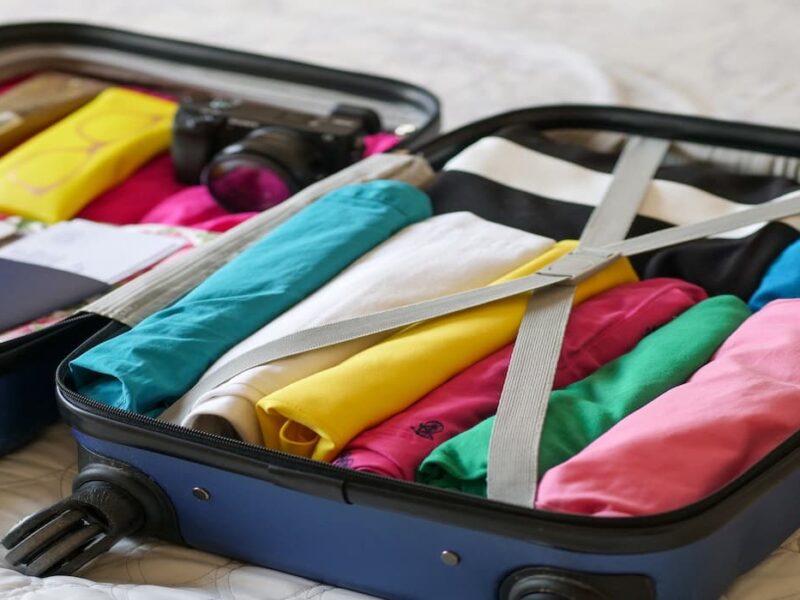When a person books an airline ticket, it takes less than 15 minutes from the time they start filling out the search form to the time the ticket appears in their inbox. On the airline side, this involves many activities and systems to issue the ticket and make sure the right person gets on board. In this article we describe the airline booking pipeline and explain the main processes that support it.
GDS
The first is the Global Distribution System (GDS), a network system linked to numerous airlines. GDS aggregates the content of airline inventory, schedules and fares. The system collects this data from the following sources:
Amadeus, Sabre and Travelport are the main suppliers of GDS. They offer not only airline tickets, but also car rentals, hotel reservations and ancillary services. To learn more about GDS, watch the video below.
PSS
Passenger service system (PSS) is a software solution used by airlines that includes a central reservation system (CRS), an airline inventory system and a departure control system (DCS). The CRS is responsible for inventory management and ticket sales, the airline inventory system determines the total number of available seats, and the DCS handles check-in. In addition, the PSSs includes data storage and an online booking engine for direct booking processing, as well as a merchandising system for ancillary distribution. Further in the article we will look at these systems in more detail. Key players among PSSs are New Skies from Navitaire, Altea from Amadeus and Avantik from Bravo Aero.
NDCS.
All the systems mentioned above are connected via API or EDIFACT protocol and distributed through GDS. So, if an online travel agency (OTA) wants to access flight information, it has to connect to GDS or a third-party API for fares and schedules. As a result, airlines cannot access customer data and have to pay GDS distribution fees. New Distribution Capability (NDC), introduced by IATA, is a new standard created with the hope of replacing the existing communication system. The main advantage of NDC is that it can share full content with airlines’ APIs, allowing airlines to access customer information, personalize user interactions and sell ancillary services and seats from a single source, bypassing most third parties. Today, dozens of airlines and IT companies have adopted NDC capabilities, but GDS still remains the industry’s premier distributor. Read our take on NDC in the related article.
Having covered some basics, let’s describe the chain of processes between the moment of booking and baggage return at the destination airport. The entire process of interaction between the traveler and the airline can be divided into five stages: seat reservation, additional booking, payment, ticket confirmation, check-in and boarding, and baggage return.
Booking a flight
Today, when a traveler or travel agent books a flight, they have the choice of using an indirect or direct booking channel. The first includes OTAs such as Expedia or Priceline, GDS if the agent is booking for the traveler, or metasearch engines such as Kayak or Skyscanner. The second option is direct booking on the airline’s website. The choice of booking channel – indirect or direct – makes a small difference in the process.
- Searching for a flight
Indirect channel: OTA, GDS, metasearch engine. The user searches for the desired flight through a ticket booking system on a third-party website or through a GDS terminal. After selecting a flight, the third party sends a request to the GDS, which accesses the airline’s CRS. - Reservation management
The main functions of CRS are inventory and reservation management, passenger name record (PNR) creation, payment gateway integration, customer information management, booking and cancellation management, refund management and email notification. When booking a flight, the customer can choose the seat immediately, but usually airlines charge an additional price for this. - Choice of additional services
Additional services include the ability to book a specific seat, extra baggage, extra legroom or meals during the flight. When a traveler adds an optional service during the booking process, the merchandising system generates a special service request number (SSR). This is a message to the supplier requesting any ancillary service that is normally included in the ticket. - Use of loyalty programs
Loyalty program operations are also usually managed by airline merchandising systems. As a member of a frequent flyer or airline loyalty program, a passenger can use the miles or points accumulated for each flight to purchase additional airline services. These points can be exchanged for discounts or benefits, such as upgrades to business class.


